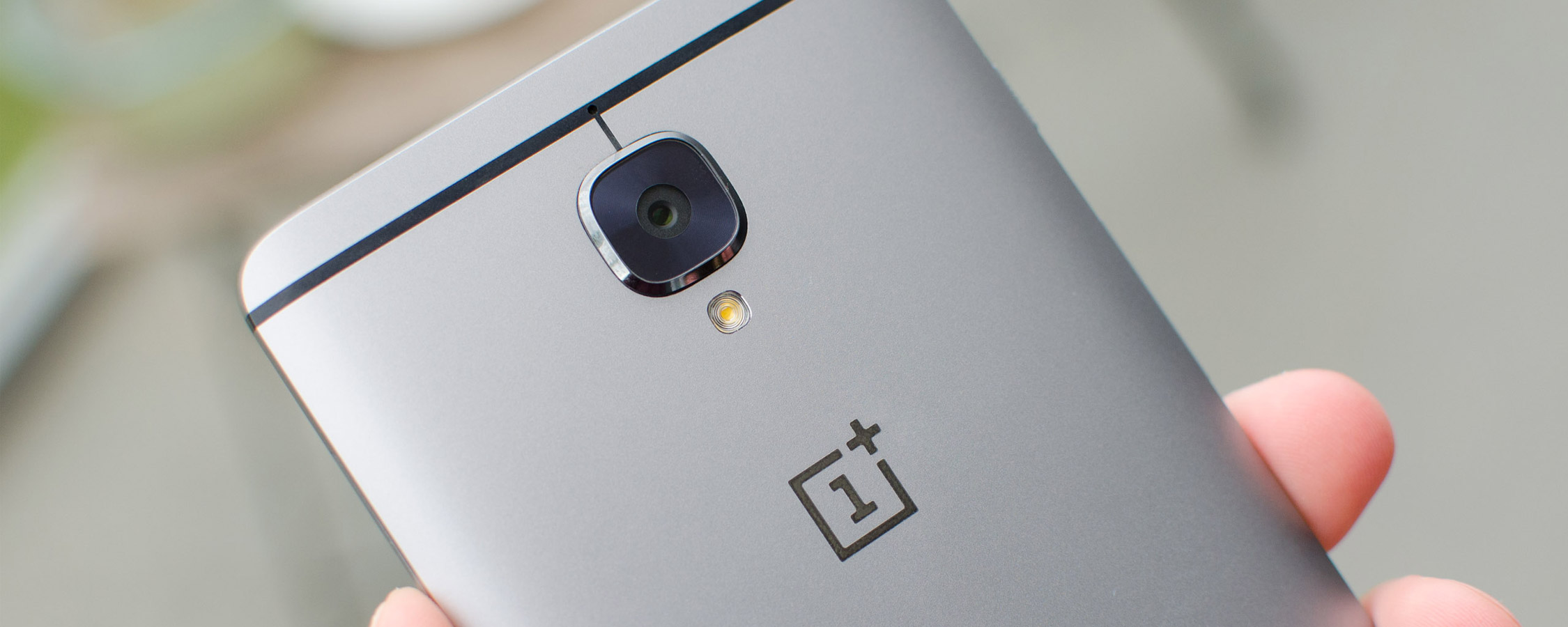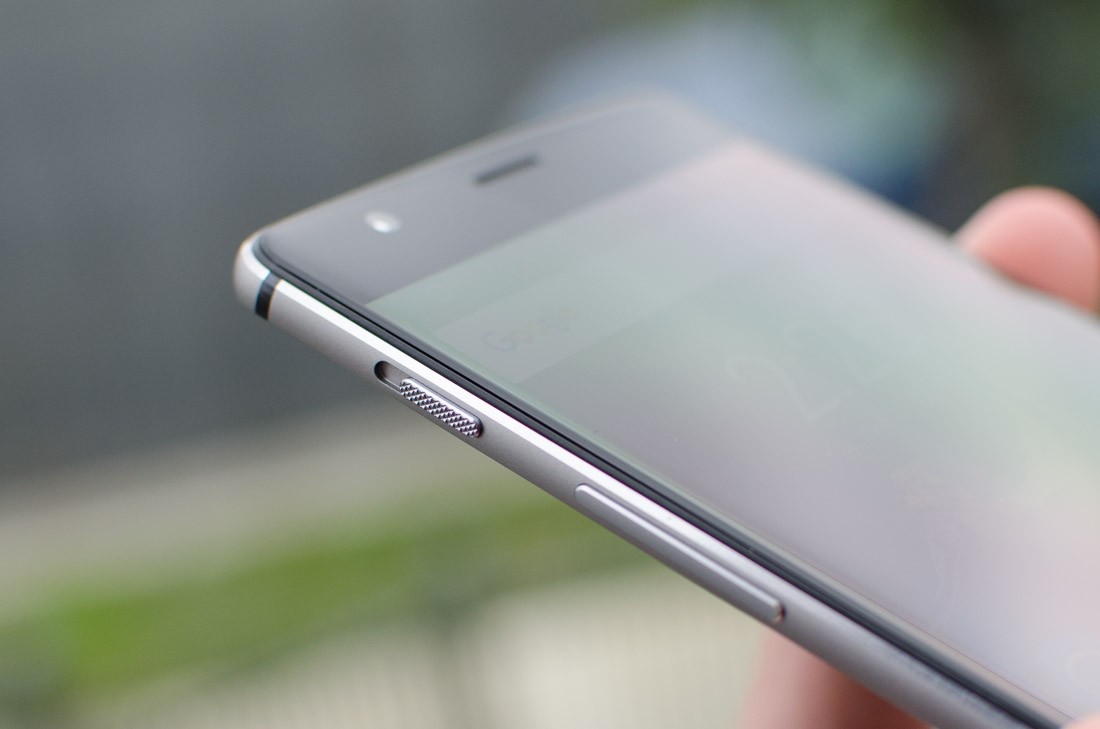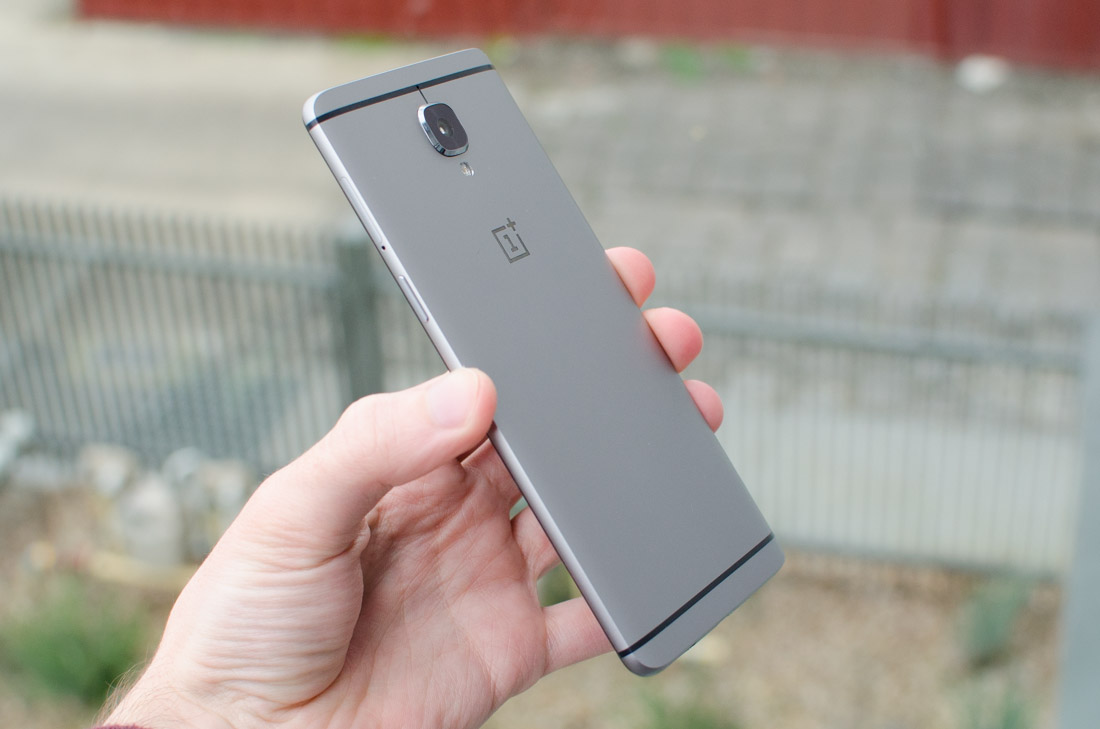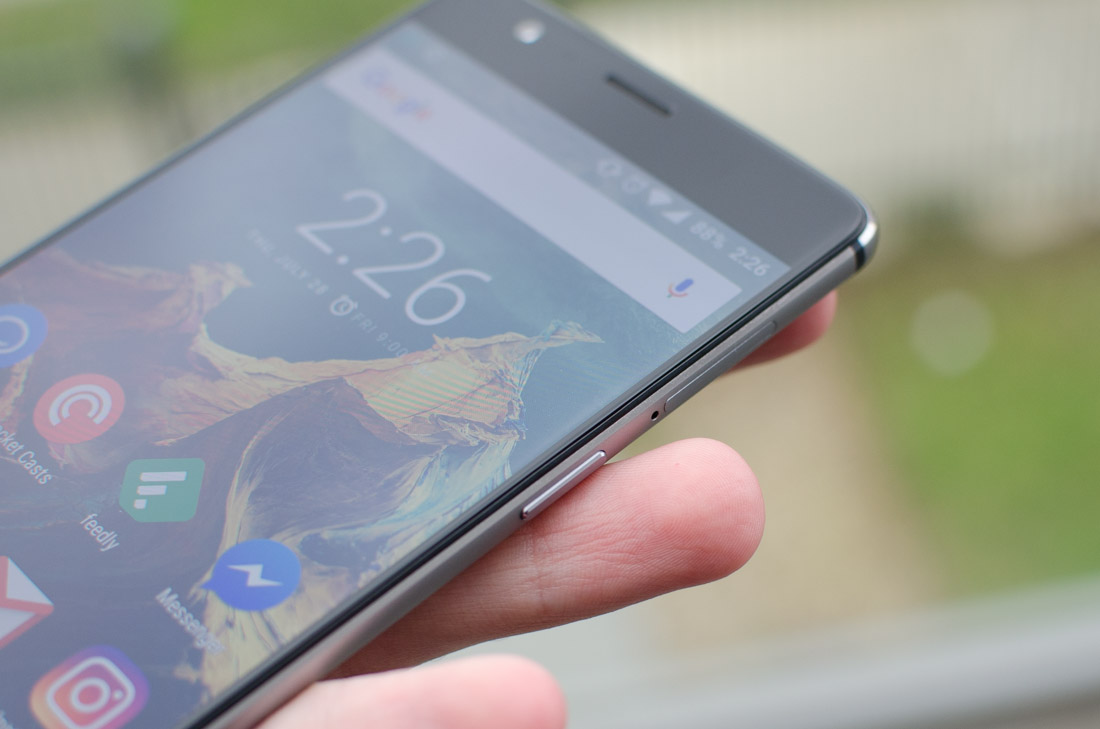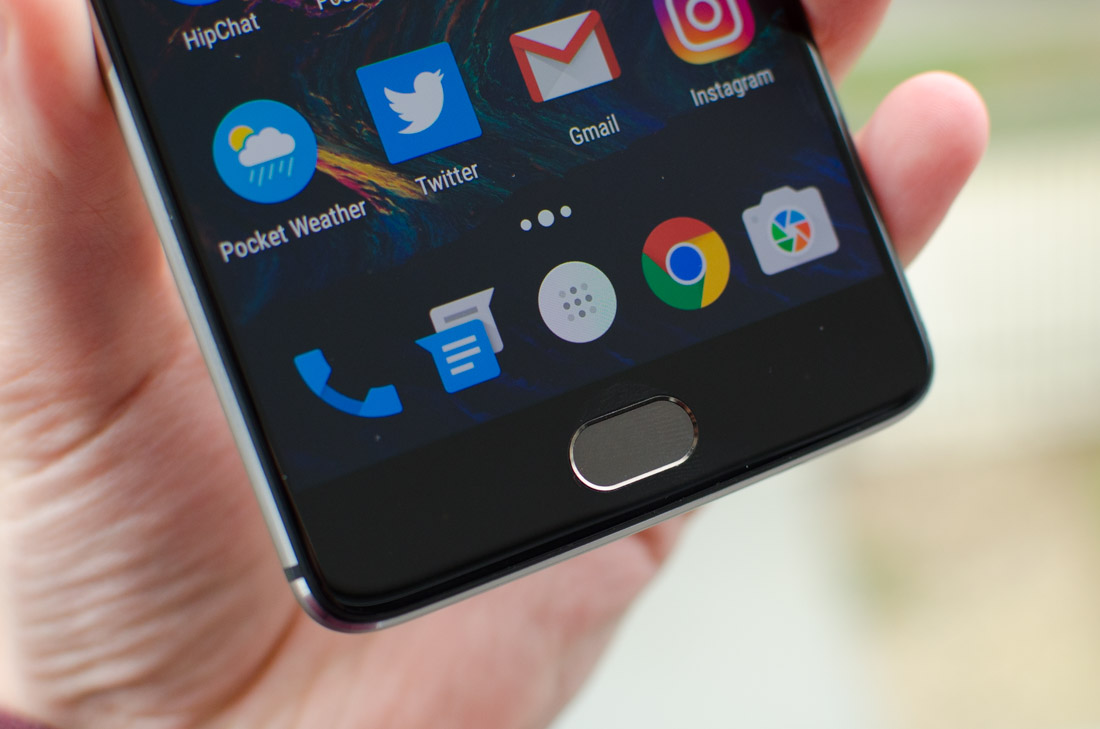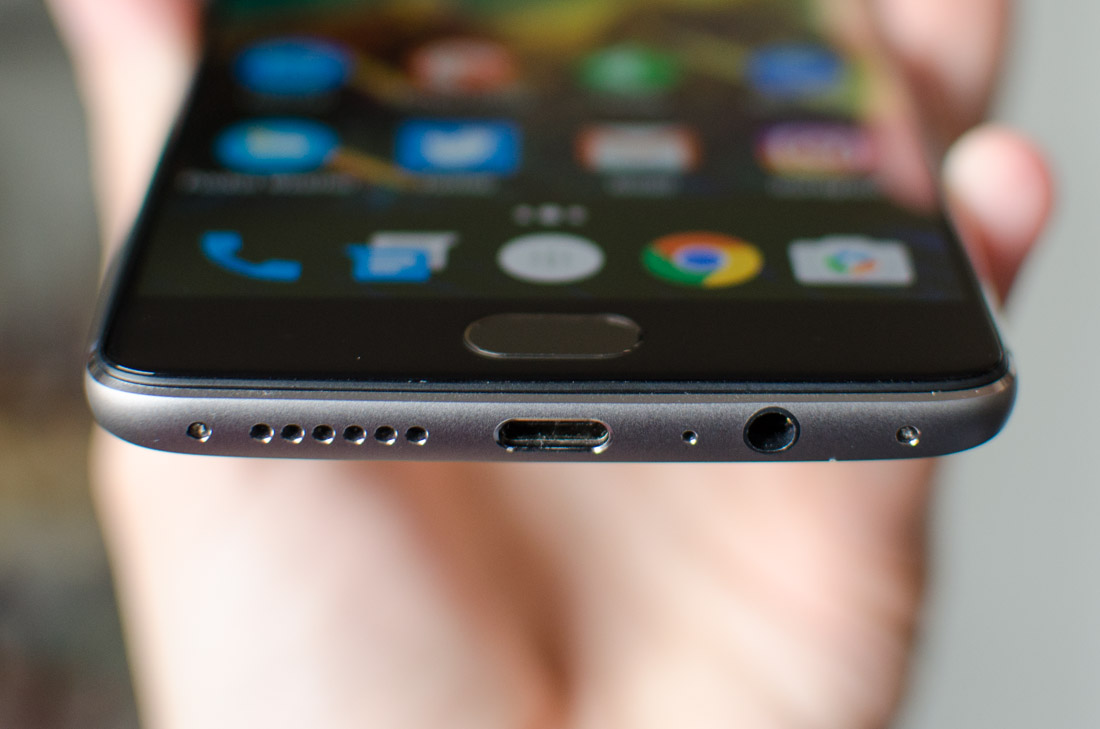2016 Flagship Killer. That's the tagline that OnePlus used for the 2015 OnePlus 2, a claim that in hindsight seems ridiculous. Sure, the OnePlus 2 was a decent smartphone for the price, but it wasn't the best phone of last year, let alone this year. OnePlus should have reserved this tagline for this year's smartphone, because the OnePlus 3 is a superb piece of hardware at a very affordable price point.
It's not just the hardware that impresses: OnePlus has finally ditched their ludicrous invite system, so anyone should be able to purchase the OnePlus 3 with relative ease. For a phone that's sure to be popular over the next twelve months, availability is key.
Priced at $400, the OnePlus 3 does not compromise on hardware. This 5.5-inch handset is powered by a modern Snapdragon 820 SoC, and there's a huge 6 GB of RAM complemented by 64 GB of storage as standard. There's also a fingerprint scanner, USB Type-C, a 16-megapixel rear camera with OIS, and dual-SIM support.
There's tough competition at the high end this year - the Galaxy S7 Edge, HTC 10, Huawei P9, and even last year's Nexus phones and the iPhone 6s Plus are all fantastic devices - but they simply don't have the price advantage of the OnePlus 3.
This poses the question: why spend more on a device from Samsung or HTC when you can get similar functionality from the OnePlus 3? Or is there an advantage to these pricier competitors? Let's find out.
The build of the OnePlus 2 was acceptable, but its successor pulls out all the stops to be one of the most beautiful designs of the year. It's slim, it's sleek, and it uses premium materials: all key design aspects I love to see in high-end smartphones. Most importantly it feels fantastic in the hand, and there's no doubt that OnePlus' design team has improved dramatically since their first smartphone.
The OnePlus 3 features precision and attention to detail throughout the build that is reminiscent of the iPhone, known for its high quality design. This phone uses a solid metal unibody that encompasses the entire back of the handset, and wraps comfortably around the edges. Naturally this leads to the introduction of antenna lines, which, colored black, complement the lustrous matte metal quite well.
The corners of this device have been rounded to fit comfortably in your hands, and the back panel is curved slightly to assist with ergonomics and make the handset look slimmer than it is. With a 5.5-inch display on the front, the OnePlus 3 is a bit larger than is comfortable for one-handed use, but OnePlus has worked hard to make this phone comfortable to hold and easy to grip. The metal back has the added bonus of resisting visible fingerprints as well.
I was impressed by how slender the OnePlus 3 is, both visually and technically. While the left and right edges slim down to under 5mm, the entire handset is just 7.4mm thin; more than 2mm slimmer than the OnePlus 2. This greatly improves how the handset looks and feels, although it does result in a 300 mAh reduction in battery capacity, which now sits at a standard 3,000 mAh.
The reduction in thickness has led to a raised camera module, which protrudes from the back by around 1mm. There is a slight rim around the camera glass, so I don't believe it will be damaged in general use, but when placed on a table, the OnePlus 3 does rock noticeably when you're tapping the touchscreen in the corners. Some people are not a fan of camera bumps for this reason.
The front panel is Gorilla Glass, which curves beautifully around the edges to create a display without a harsh bezel edge. This improves swooshability, and without a metal rim around the glass, there's nothing to dig into your hands during use. Not every high end smartphone uses this sort of glass design, but it's becoming more common and I love it.
The bezels around the display are slim, particularly on the left and right edges, which improves usability. The OnePlus 3 is smaller than the 5.5-inch iPhone 6s Plus in all dimensions bar thickness (and the OnePlus 3 is only 0.1mm thicker), though the iPhone has particularly massive bezels for a high-end handset.
Below the OnePlus 3's display is a fingerprint sensor that doubles as a home button. Unlike with the OnePlus 2, this fingerprint sensor is very fast and accurate, which makes it perfect for securing the device. I prefer to see the fingerprint sensor on the rear of the handset - it's more natural and comfortable - but having a sensor is better than not having one.
Around the edges of the OnePlus 3 you'll find the power button in a comfortable location on the right side, while the volume rocker sits on the left. Also on the left is an alert slider with three positions, which can be used to quickly switch between receiving all notifications, just priority notifications, or none at all. This slider was seen on the OnePlus 2, and I didn't end up using it all that often; it's a similar story on the OnePlus 3.
Along the bottom edge is where you'll find everything else. There's a USB Type-C port for charging and data transfers, and while this port only supports USB 2.0 speeds, the reversible plug is great for usability. There's also a 3.5mm audio jack, and the single bottom-firing speaker. No front-facing stereo speakers here, so you'll need to cup your hands to get a good audio experience while watching videos. And as you'd expect, the speaker is average in quality and volume.
The OnePlus 3 has the option of using either capacitive hardware navigation buttons, or on-screen buttons. By default, the button to the left of the fingerprint sensor is 'back', while the one on the right opens the app switcher, however the functions of these buttons can be changed in the settings. This is why OnePlus uses basic backlit dots to denote the location of the buttons, rather than icons.
Above the power button on the right-hand side is a tray that houses two nano-SIMs. The OnePlus 3 has dual-SIM functionality, but there is no microSD card slot, similar to the OnePlus 2. Normally I'd say this is a problem, and it was for the 16 GB models of the OnePlus 2, however the OnePlus 3 comes with 64 GB of storage as standard. This should be plenty for most users, negating the need for a microSD card slot in most circumstances.
